Timesifter: 1998
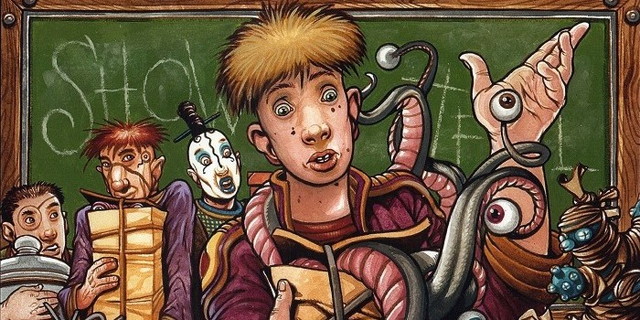
Spiraling Through Time
This is Timesifter, so let's take a little trip into the past. Allow me to set the scene.
It's 1998. There's me, a child, let's call him Middle School Nick. It's winter. It's Michigan. He's cold.
We join the action in media res: it's after the final bell, in the cafeteria of a rural mid-Michigan middle school. There are handmade posters advertising Snowcoming. Middle School Nick does not deign to herald the coming of snow with dance floor undulations to "The Boy is Mine" by Brandy and Monica.
Middle School Nick reaches into the pocket of his undersized Starter jacket (purple sleeves, a slightly different purple on the snap buttons, and it's undersized because he grew from 4'11 to 6'3'' that year and the next one). He feels with his thumb the familiar touch of pressed cardboard. He saunters toward a cafeteria table like an outlaw at high noon, hopped up on Lunchables and Capri Sun. Most kids have already gone home, caught the bus. But here sit we stragglers, in the path of the janitor who pushes his broom around us with increasingly aggressive sighs. Middle School Nick swipes one paw across his forehead to push away the twin fins of the brunette bowl cut from his temples, deftly pushing up his glasses in one motion; they're red tortoiseshell, and he picked them out because "they look like Carnage."
Now he's at the table. His hand comes free of his pocket, with its contents retrieved. It's a stack of 61 Magic: the Gathering cards, bound with a rubber band. The edges are worn, faded, rounded from repeated battling and transit, rides in various pockets. But that's not all. In the other pocket, it's his "soap deck." It's named not because of any reference of the cards to soap (if even there was one) but because one day, he realized that a box of Lever 2000 bar hand soap was the perfect size and shape to transport a Magic deck. The cards smelled good.
What was in this "soap deck," you may wonder? Goblins of the Flarg
As you can see by the prices that appear if you hover over those card names up there, Middle School Nick was not very smart. But that's okay -- middle school kids rarely are, and hindsight is 20/20, even with Carnage-colored glasses. If Middle School Nick knew what card sleeves were, it's very likely he wouldn't have used them anyway. Why would he, when rubber bands and boxes of Lever 2000 were good enough? Remember: this is the late 90s we're talking about, Lever 2000 was still the soap of the future.
And if you're curious if I still have the worn-down but fantastically-scented and bacteria-free Time Spirals, sadly I don't. The deck was confiscated by the band teacher after I didn't practice my saxophone. Through circumstances too complicated to delve into here, I went to his retirement ceremony three years ago and asked him for the deck back. He said he had no idea what I was talking about. I was devastated.

The year 1998 was a monumental one for Magic. Despite the game only existing for six years, by the time 1998 rolled around Magic had plenty of momentum. Let's start with the big stuff. Regarding major releases, 1998 saw the completion of the Tempest block with the release of Stronghold and Exodus, the latter of the two bringing into the game a significant change that we'll talk about later. Following that, we were presented with Portal Second Age, a set that's famous for containing cards featuring what seem a lot like guns (such as Alaborn Musketeer
Phew, that's a lot. One would think that a year like 1998, with its presidential scandals, antitrust lawsuits, and inexplicable obsession with bucket hats, would not be so groundbreaking for Magic, but here we are. And just like bucket hats, everything old is new again, as 1998 also marked the year Baldur's Gate was published by Interplay on PC, a name that has recently returned to relevance here in 2022.

Speaking of unfortunate outfit choices, 1998 is remembered for a lot of things that we in the glorious future of 2022 would find quaint. A movie about a big dumb boat made 2.2 billion dollars, the price of gasoline in the United States was $1.06 per gallon, and everyone's mom was watching ER and driving a Ford Taurus. America OnLine was still a thing. NASA sent a senior citizen into orbit, just because they could. One out of ten babies born in English-speaking countries was named Emily (citation needed). It was a simpler time, except for all that panic over the possibility of human cloning
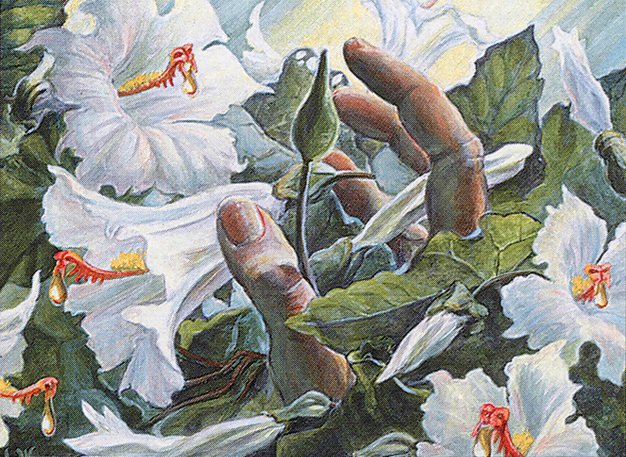
Stronghold
In March of 1998, Stronghold was released. It was the second set of the Tempest block, which began with, well, Tempest, in late 1997. It's a small set; remember, this is '98, and three-set blocks were still very much a thing... containing 143 cards. Stronghold continues the story of our main man Gerrard as he takes on Volrath, who is a shapeshifter, but also Gerrard's adopted brother Vuel, and also the son of Sidar Kondo
One of the reasons for the weirdness is the continuation from Tempest of some weird creature types, most notably Slivers and Licids. One of those was more impactful to the game than the other, I'll let you guess which is which, but I'll give you a hint: the more significant of the two creature types saw the first-ever five-color card
When it comes to cards in Stronghold that continue to see play at Commander tables, you'll notice a trend that carries through every set featured in this article: there are a lot of very good, very expensive options. Mox Diamond
Other than that, there were no new creature types, abilities, or keywords introduced by Stronghold. But there was more buyback
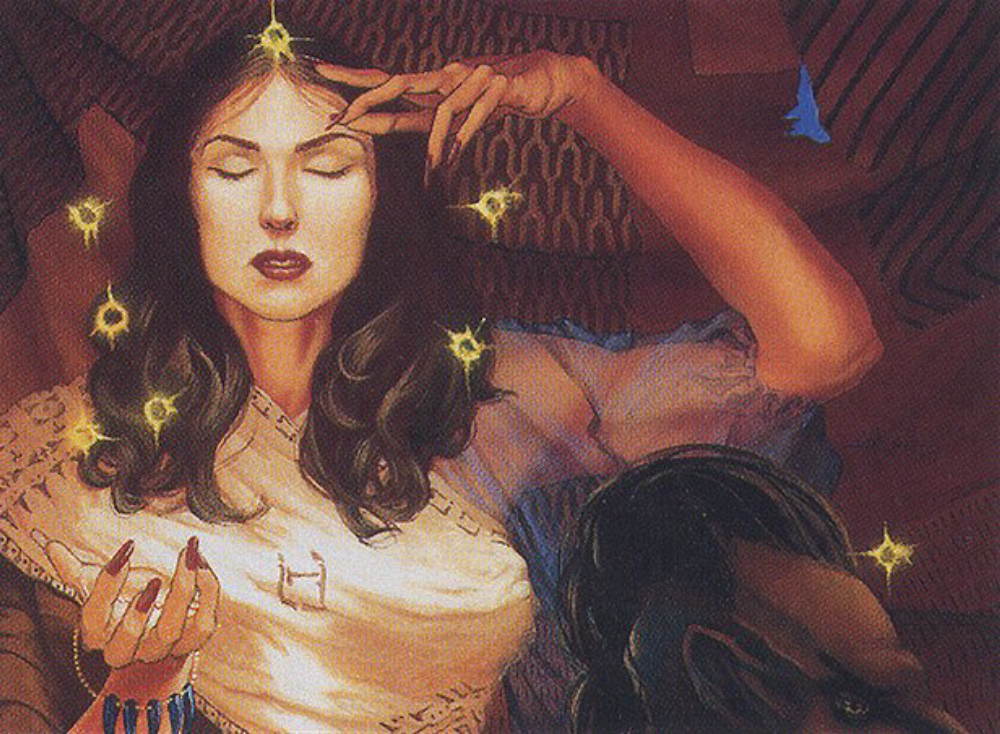
Exodus
Here we are, changing the course of Magic history again. You may have noticed that it seems every year we've covered in Timesifter so far has had one "and with this, everything changed" moment. Well, Exodus is that for 1998.
Newer players would be forgiven in assuming that set symbols have always indicated the rarity of the card, but that's not the case. That all started with Exodus, and that little bridge symbol changing from black to silver to gold was a really big deal. Exodus is also the first set to shift the artist attribution, copyright, and collector number at the bottom of the card to the middle, a change that unlike set symbol rarity has not persisted through time.
And speaking of the set symbol of a bridge, that was a metaphor, don't you know: our good guys had to escape through a portal to get free of Rath, which is kind of like crossing a bridge, a seemingly simple task that was failed by not one but two Weatherlight crew members in Crovax and Ertai. Ertai, as you may notice from the most recent set Dominaria United, has not fared particularly well in the intervening years.
When it comes to the hits of Exodus, the set follows that theme established by Stronghold with great but absurdly expensive cards, albeit at a slightly less extreme level. When it comes to wallet murder, Survival of the Fittest
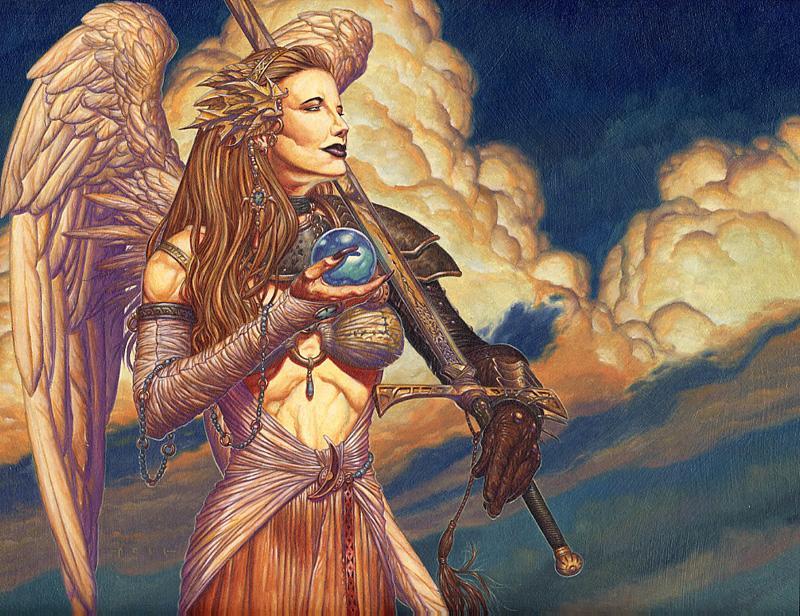
Portal Second Age
Adding 165 cards to the greater Magic canon, Portal Second Age is rarely discussed and seldom remembered, but it doesn't necessarily deserve that reputation.
We've already touched on the whole "actual literal guns" controversy, but it's certainly worth noting that the issue most players at the time had with the firearms was not an inherent problem with the concept, but the fact that they didn't like guns in their fantasy swords-and-sorcery card game. It broke immersion. Those people were likely also not fans of Getaway Car
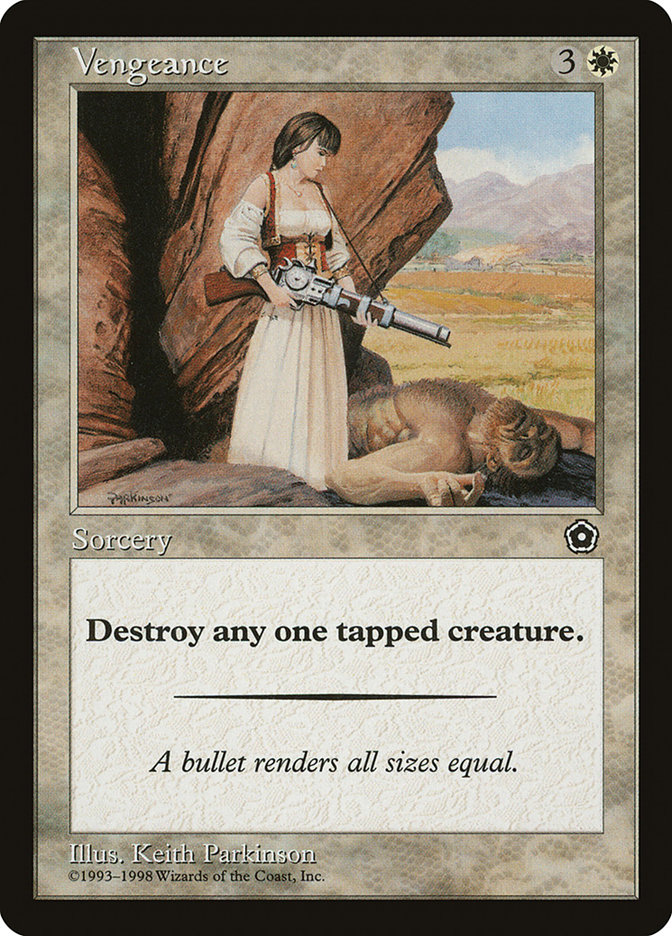
Aside from that, Portal Second Age contained a number of cards that would see numerous reprints over the years, some so much so that you might not have realized they first hailed from a set for "beginners." Cards like Ravenous Rats
Aside from that, there's the even more inexplicably expensive Razorclaw Bear
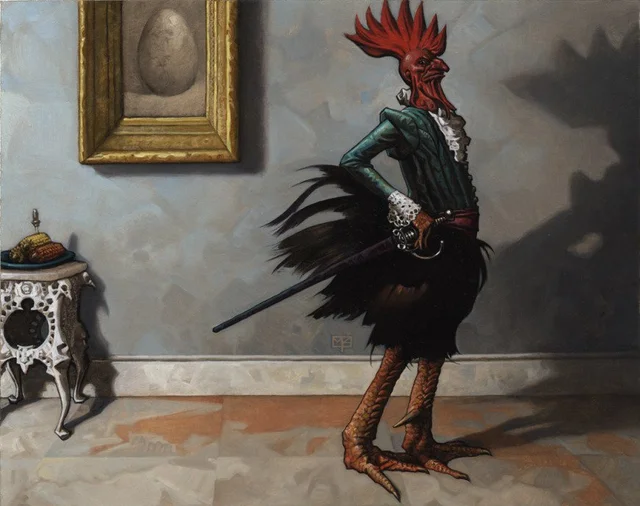
Unglued
August was a big month in 1998. Internet Explorer was for the first time the most-used browser in the world, and one of the hit songs of the month was from a band called "Boyzone," which for my money is the greatest band name of all time. Boyzone, you probably remember, made it really cool to go "chi chah huh huh" for about a week.
Anyway, we're not here to talk about Boyzone no matter what, we're here to talk about Unglued. The original joke set was the first official Magic release to exist "outside" of the game and included 83 silver-bordered cards that exist across both ends of the cringe-worthy spectrum. That's just one disembodied internet voice's opinion, of course, and if you're into it, I'm not here to yuck your yum. Some, like Look at Me, I'm the DCI
Also, by the way, the censored art on Censorship
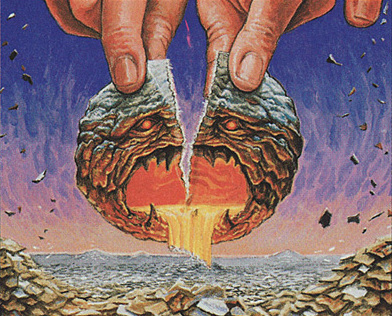
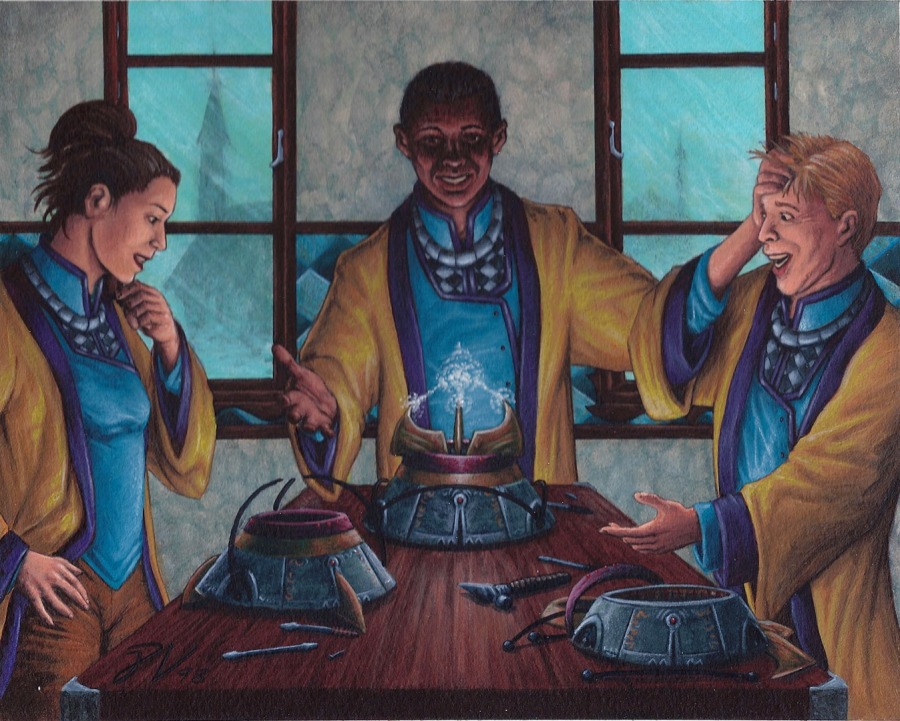
Urza's Saga
With the year 1998 winding down, we've saved what is arguably the best for last with Urza's Saga. Released in October, the 15th expansion kicked off the Urza's block and ushered in a new era of broken cards and warped tournaments called Combo Winter. By the time December rolled around, Tolarian Academy
The story of Urza's Saga is actually a flashback to the time our titular sorcerous sociopath collected the Legacy and irritated Barrin, Master Wizard
While Urza might be known for his engineering skills, Urza's Saga was ostensibly a set with a focus on enchantments, though not to the extent of a Theros. Of its 330 cards (309 of which were new cards, not reprints), the set contained 101 enchantments and only 33 artifacts. Urza's Saga was also the origin of one of the most-loved abilities in Magic's history in Cycling, a keyword we've seen in eight different blocks since Urza's, and is now "deciduous" as of Streets of New Capenna. It also debuted Echo, which is not quite as appreciated.
If we were to Ask Jeeves about Urza's Saga in terms of the set's impact on today's Commander, it's certainly the most indelible to come from 1998. Many, many cards from the set are still regularly seen in Commander decks here in 2022; here's a top ten most used, as per EDHREC:
- Windfall
- Victimize
- Phyrexian Tower
- Gamble
- Exploration
- Carpet of Flowers
- Worn Powerstone
- Greater Good
- Gaea's Cradle
- Priest of Titania
If it were just those, that's still more of a mark on today's game than many sets, but the top ten doesn't even get to Sneak Attack
Currently, a Gaea's Cradle
And not to be overlooked, Urza's Saga technically also featured the very first foil Magic card in the prerelease version of Lightning Dragon
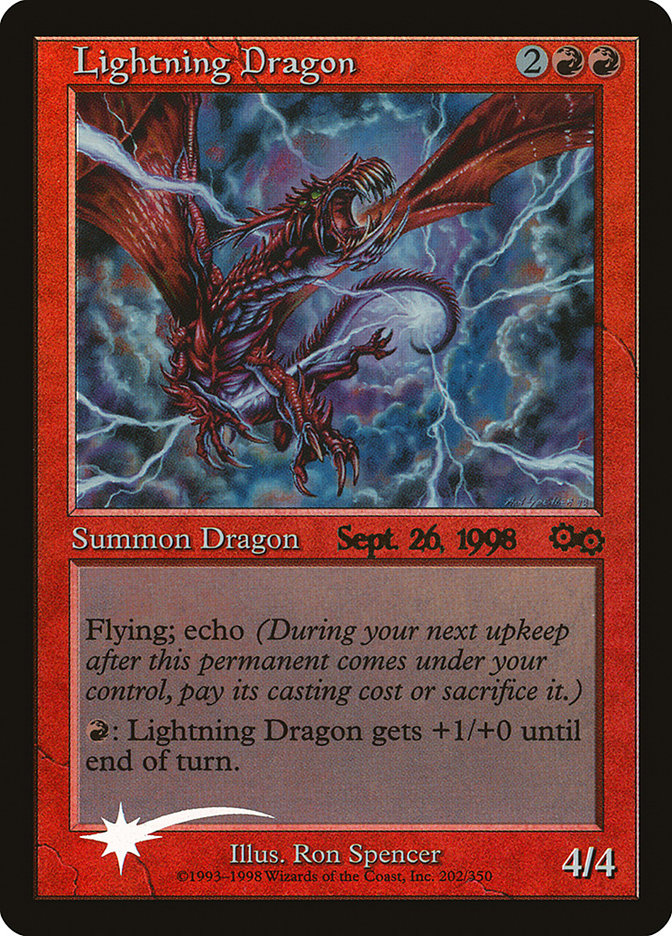
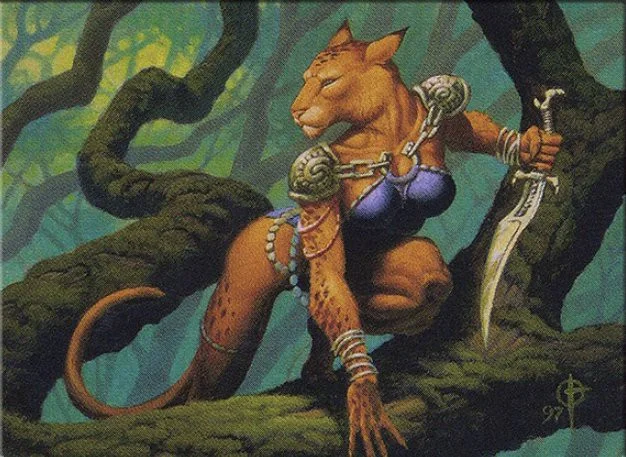
Back to Basics
When it comes to options for commanders in 1998, despite the plethora of great cards offered, there are slim pickings for legendary creatures. Not counting the pair of Unglued legends, there is an equal number of legendary lands as legendary creatures from 1998: six, to be exact, and outside of Sliver Queen
Mirri's 1998 GeoCities Fan Page
View on ArchidektCommander (1)
Lands (36)
Enchantments (23)
- 1 Abundance
- 1 Bequeathal
- 1 Blanchwood Armor
- 1 Burgeoning
- 1 Carpet of Flowers
- 1 Exploration
- 1 Fertile Ground
- 1 Fortitude
- 1 Gaea's Embrace
- 1 Greater Good
- 1 Greener Pastures
- 1 Hidden Ancients
- 1 Hidden Guerrillas
- 1 Hidden Herd
- 1 Hidden Spider
- 1 Overgrowth
- 1 *1Predatory Hunger
- 1 Primal Rage
- 1 Retaliation
- 1 Spreading Algae
- 1 Survival of the Fittest
- 1 Vernal Bloom
- 1 War Dance
Instants (3)
Sorceries (3)
Creatures (19)
- 1 Argothian Elder
- 1 Argothian Enchantress
- 1 Cartographer
- 1 Cathodion
- 1 Child of Gaea
- 1 Deathcoil Wurm
- 1 Elvish Lyrist
- 1 Endless Wurm
- 1 Karn, Silver Golem
- 1 Keeper of the Beasts
- 1 Lone Wolf
- 1 Priest of Titania
- 1 Pygmy Troll
- 1 Skyshroud War Beast
- 1 Sylvan Yeti
- 1 Titania's Chosen
- 1 Tree Monkey
- 1 Treefolk Seedlings
- 1 Wall of Blossoms
The Deeper the Wood, the Greater the Strength
That wraps up our 1998 edition of Timesifter. We hope you've enjoyed yourselves, and now you're welcome to return to your dunk-a-roos, crystal Pepsi, "One Week" by Barenaked Ladies, and Red Bull (yes, Red Bull debuted in the United States in 1998, if context didn't make that clear). And if you're a sweet summer child who does not understand any of the references I've been bludgeoning you with for the past 3,000 or so words, I envy you. See you next time.